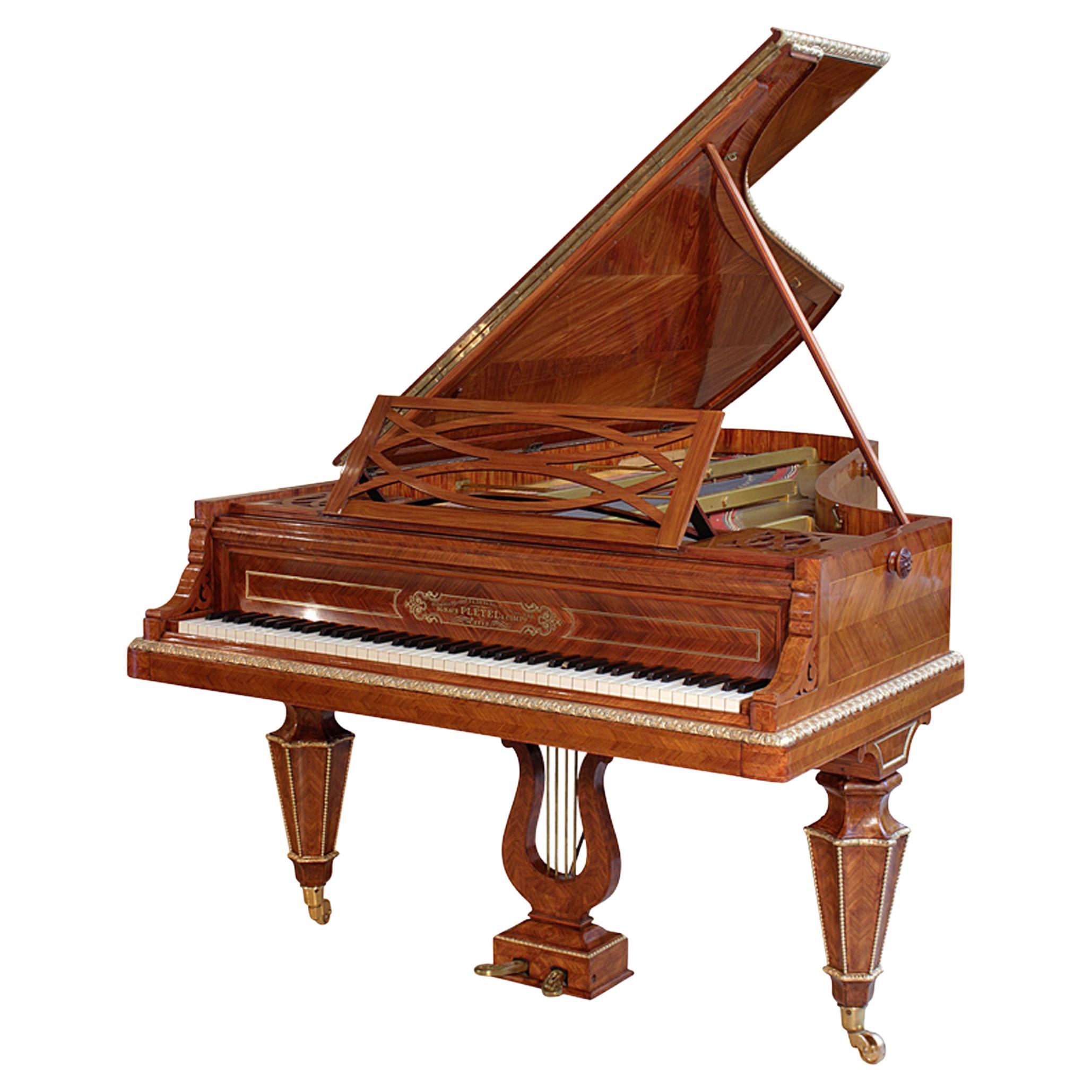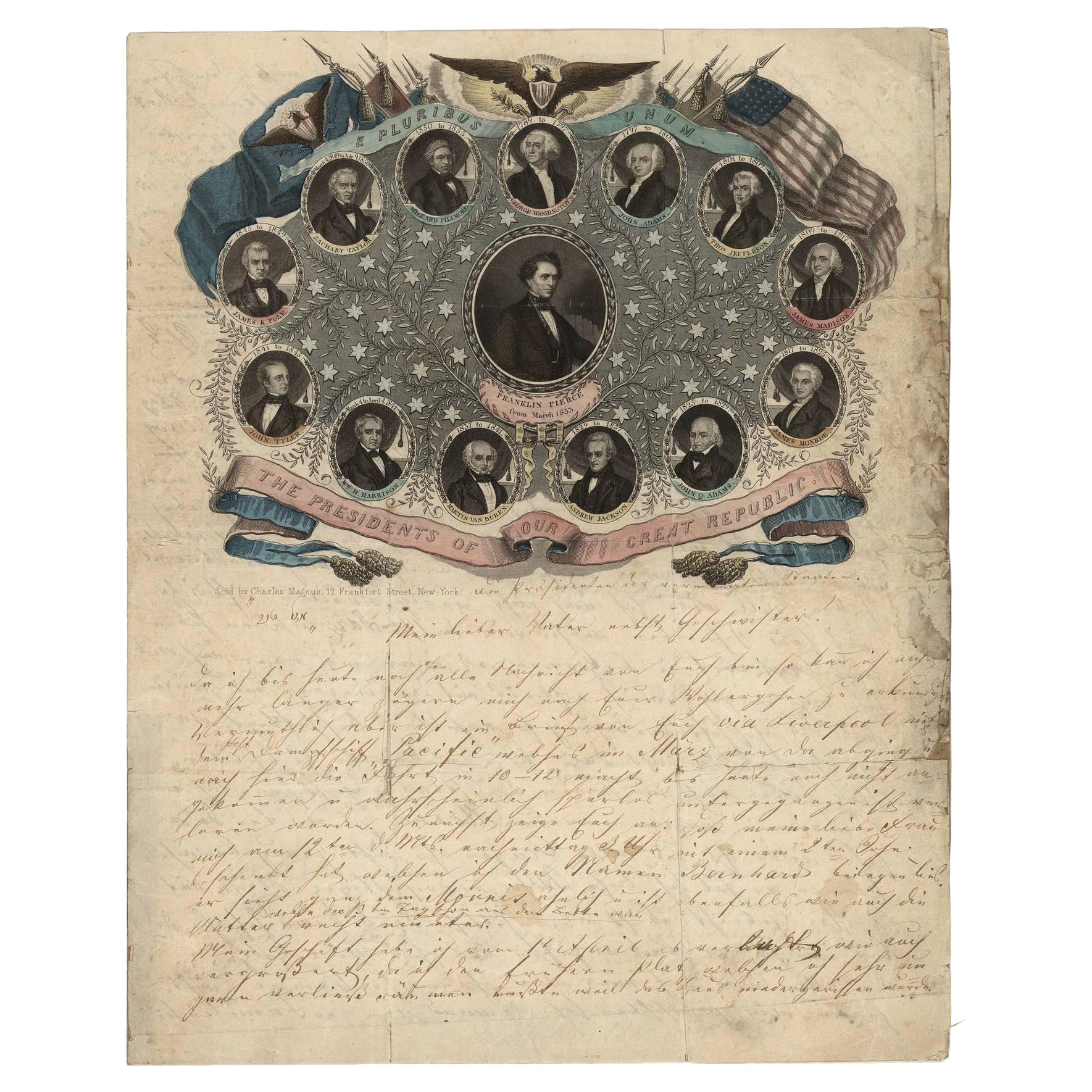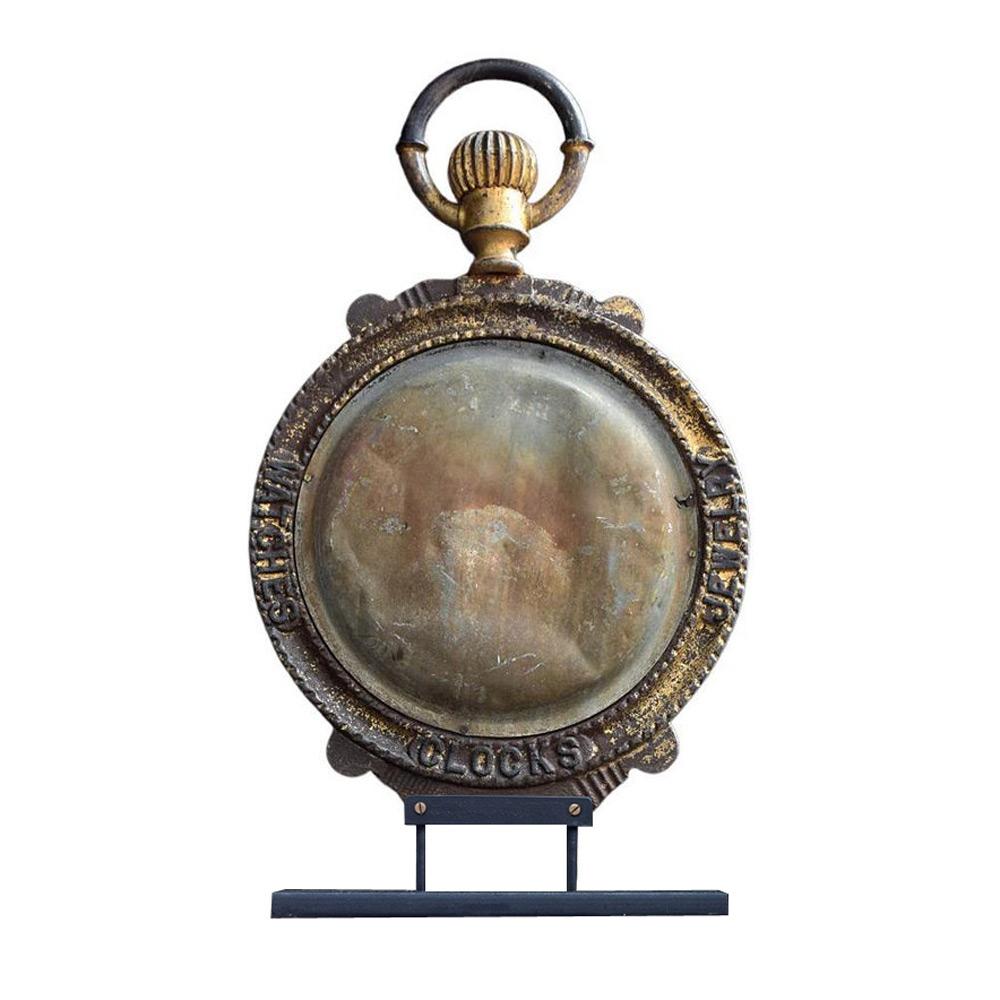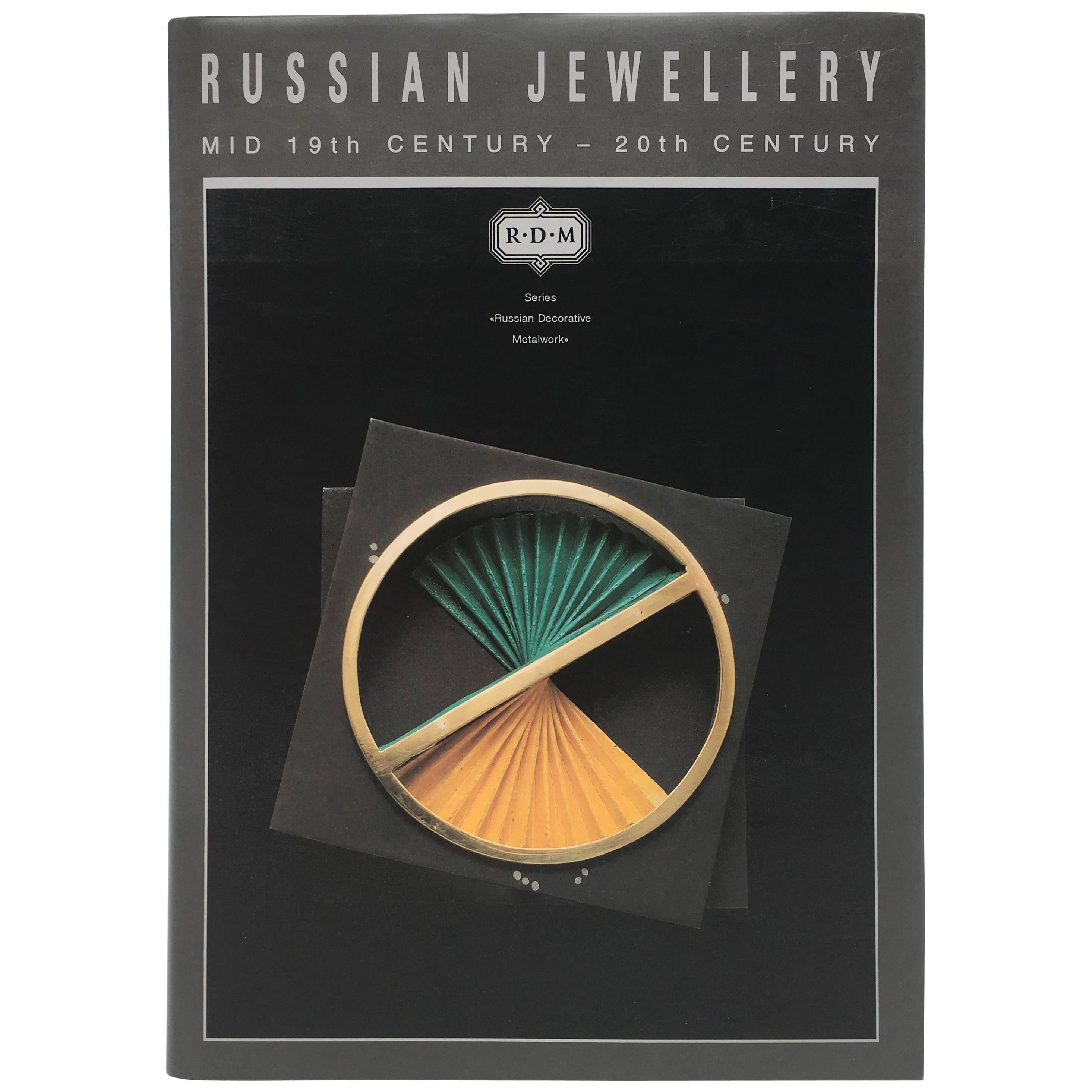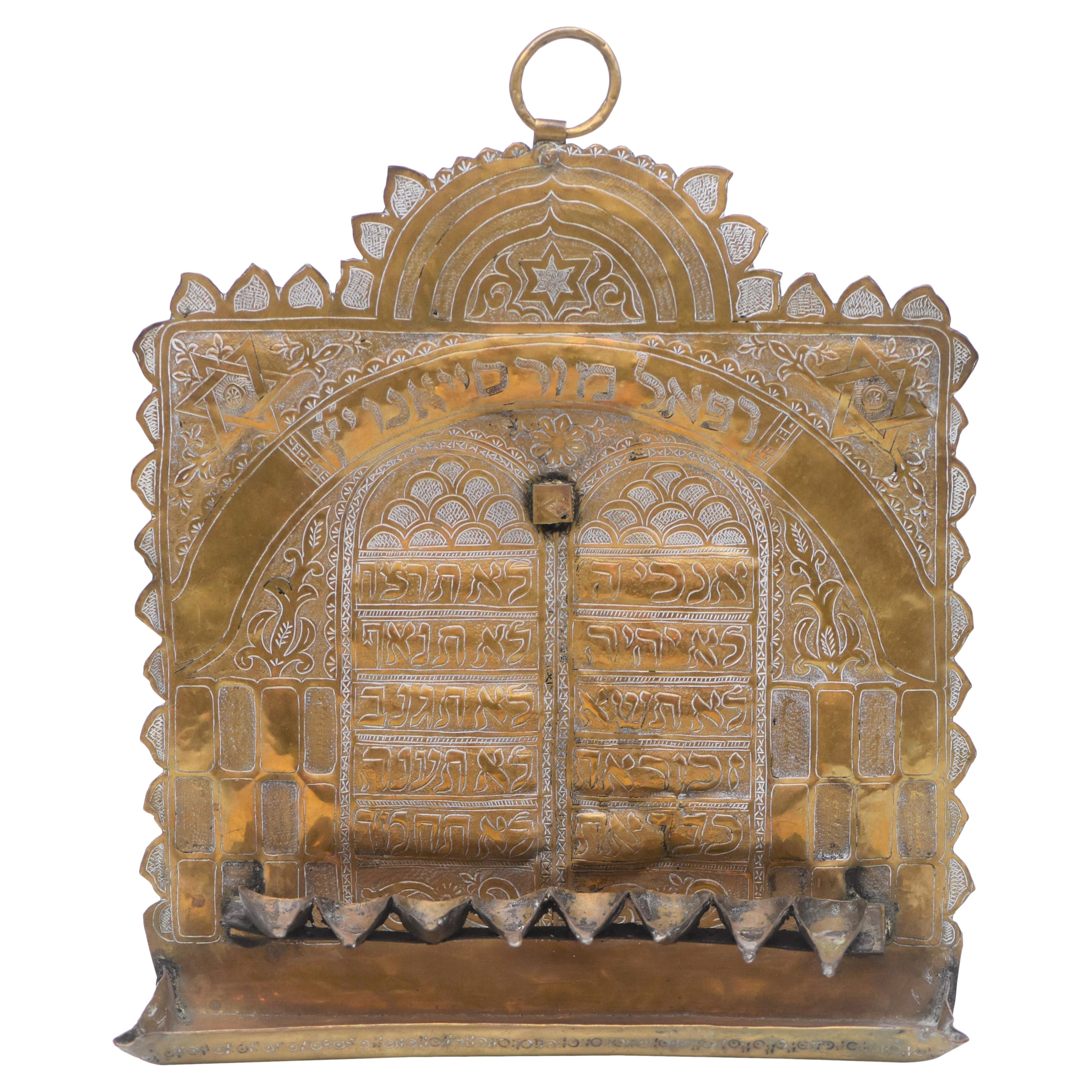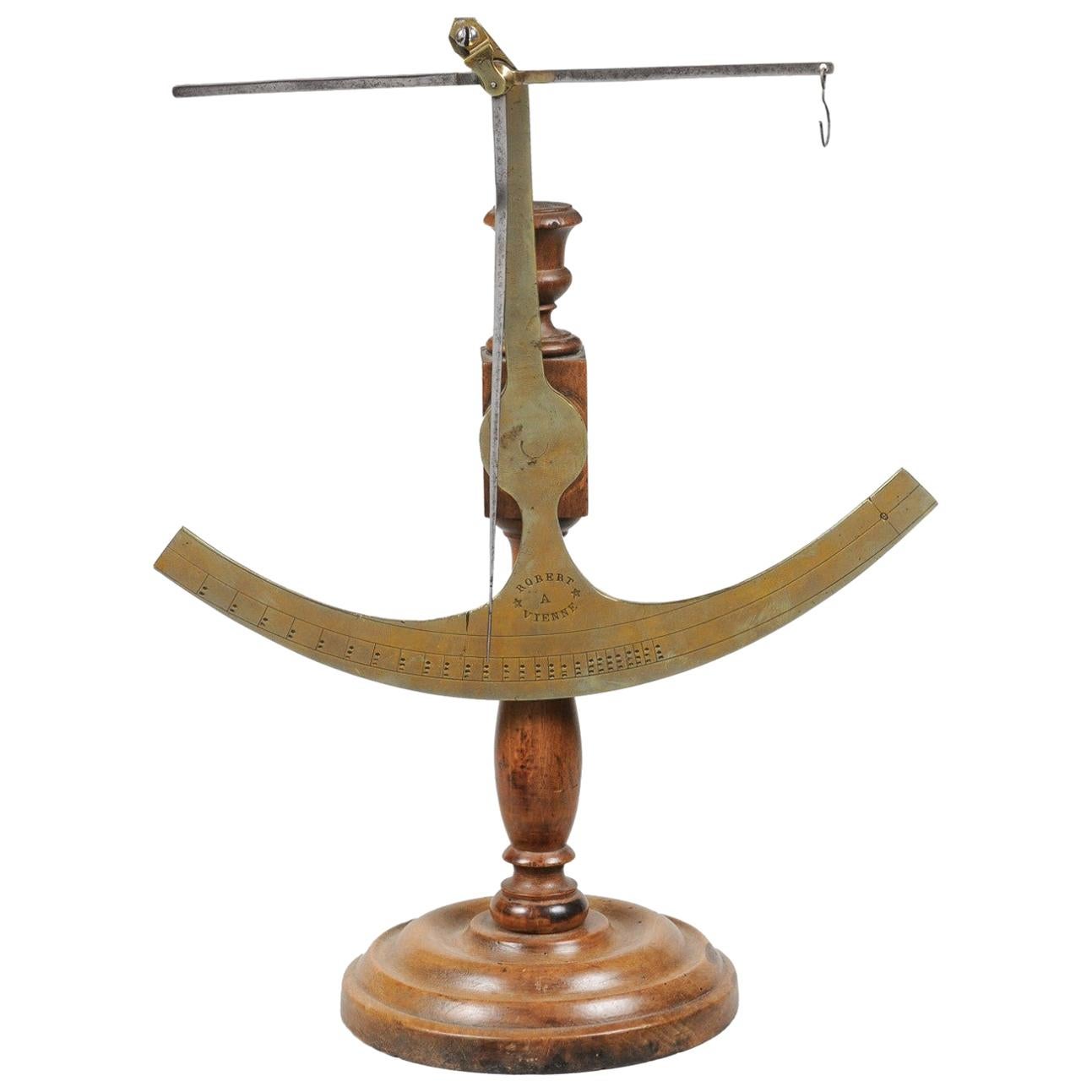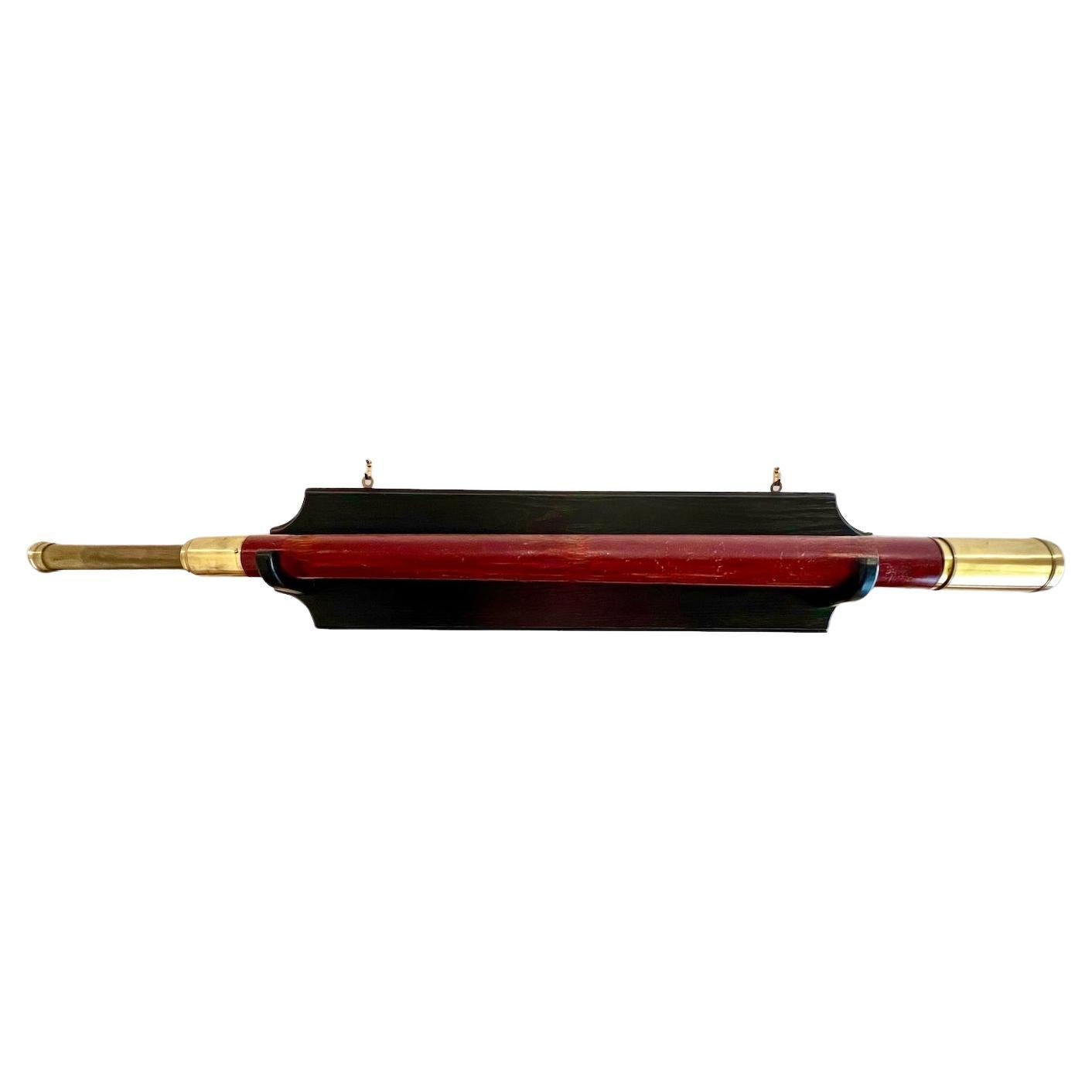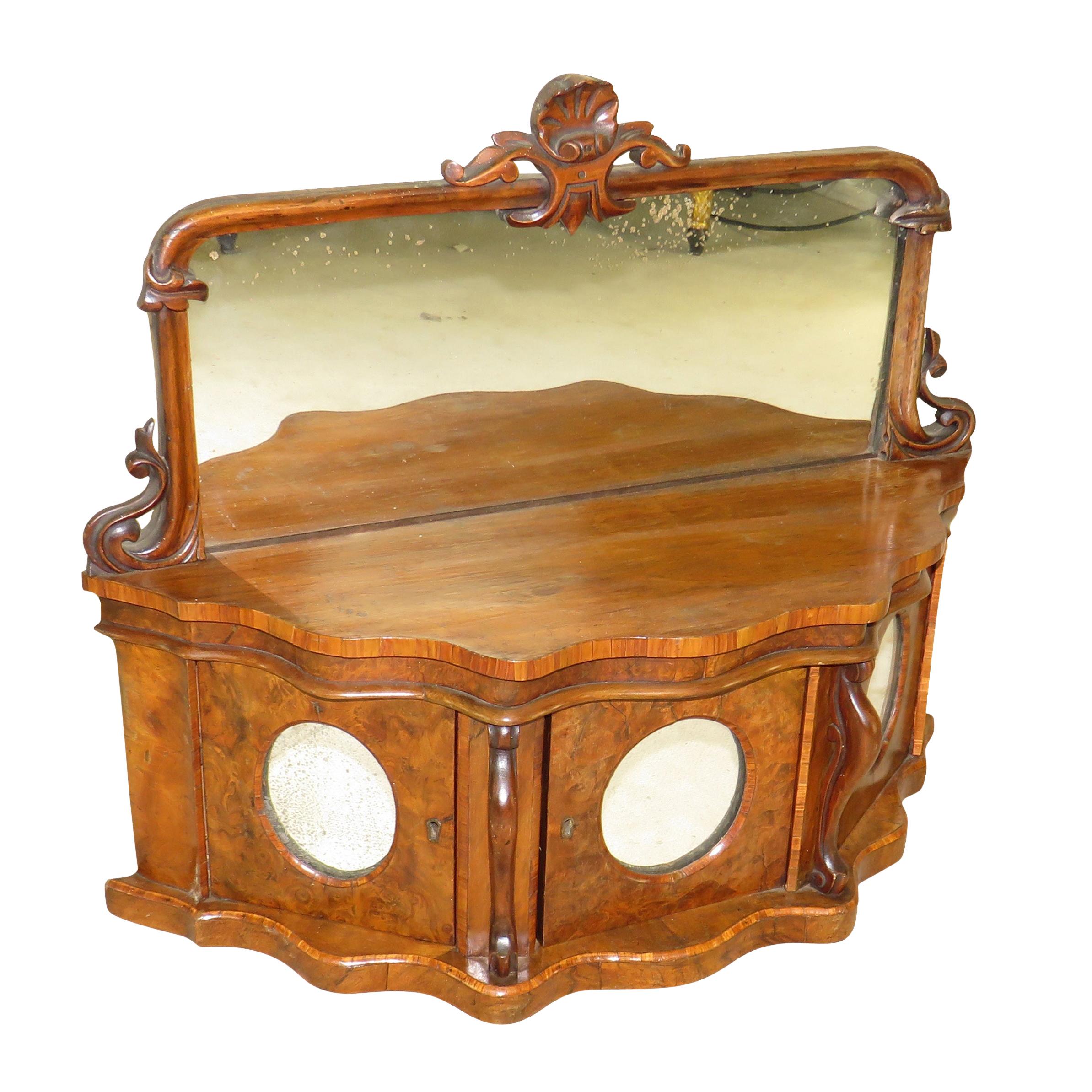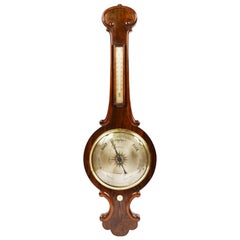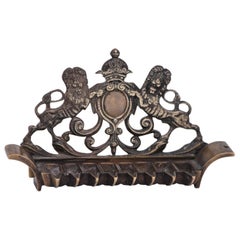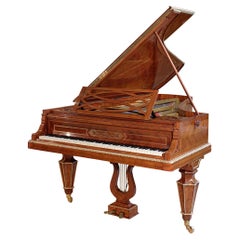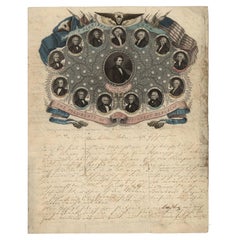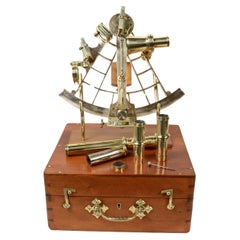
Quintante in ottone firmato Whyle Thomson & C. Galsogw della metà del XIX secolo
View Similar Items
Want more images or videos?
Request additional images or videos from the seller
1 of 21
Quintante in ottone firmato Whyle Thomson & C. Galsogw della metà del XIX secolo
About the Item
About the Seller
4.9
Platinum Seller
These expertly vetted sellers are 1stDibs' most experienced sellers and are rated highest by our customers.
Established in 1999
1stDibs seller since 2014
370 sales on 1stDibs
More From This SellerView All
- 19th Century Wooden Barometer Signed Burlinson Ripon Antique Instrument WeatherLocated in Milan, ITWooden barometer signed Burlinson Ripon made in the mid 19th century. Silver-plated brass dial engraved with weather indications and the name of the m...Category
Antique 1850s British Scientific Instruments
MaterialsWood
- Late 19th century Wooden and Brass Polarimeter Antique Physic InstrumentLocated in Milan, ITWooden and brass polarimeter with cast iron tripod base from the late 1800s. It is an instrument used to determine the concentration of sucrose and glucose in raw materials and sugar...Category
Antique 1890s British Scientific Instruments
MaterialsBrass
- 19th Century English Chrome Plated Brass Cross-Legged Reduction CompassLocated in Milan, ITCross-legged reduction compass, of chrome plated brass and steel, English manufacture from the end of the 19th century. Fixed or mobile center, whose opposite points form simple re...Category
Antique 1890s Scientific Instruments
MaterialsBrass
- Scrimshaw of vertically engraved orca tooth depicting vessel mid-19th centuryLocated in Milan, ITScrimshaw of a vertically engraved hour's tooth depicting a vessel bow to left flag of the United Kingdom, above li initials L.G.F. On the back vase with beautiful plant decoration s...Category
Antique Mid-19th Century Nautical Objects
MaterialsTeeth
- End 19th Century Antique Magnetic Topographic Compass Made in Brass and OakLocated in Milan, ITMagnetic topographic compass, of oak and brass; instrument consisting of a magnetized needle free to rotate on a horizontal plane, marking with the tip of the needle the direction of magnetic north, compass card with eight winds complete with goniometric circle divided into 360 °, complete with the compass needle lock. Italian manufacture of the late 19th century. Very good condition. Measure 3.1x3.1 height 1. Shipping is insured by Lloyd's London; our gift box is free (look at the last picture). The invention of the compass is mysterious but it is well known that magnetite was discovered in Magnesia, a city of Asia Minor. We can find the first indications about the use in Europe of the magnetic force for orientation at the end of the XII century...Category
Antique 1890s Italian Scientific Instruments
MaterialsOak
- Small brass sextant S.te des Etablissements Gaumont Paris late 19th centuryLocated in Milan, ITSmall brass sextant, signed S.te des Etablissements Gaumont Paris 146, datatable around the end from the 19th century. Instrument complete with optics and housed in a beautiful o...Category
Antique Late 19th Century Nautical Objects
MaterialsBrass
You May Also Like
- Mid-19th Century Polish Brass Hanukkah LampLocated in New York, NYCast brass Hanukkah lamp, Poland, circa 1860. "Bench" style Hanukkah lamp, fronted with oil fonts. The backplate is cast with lions, a crown, and...Category
Antique Mid-19th Century Polish Religious Items
MaterialsBrass
- French Mid-19th Century Concert Grand Piano Signed PleyelBy PleyelLocated in West Palm Beach, FLA spectacular French mid-19th century, circa 1855, Louis XVI st. tulipwood parquetry and ormolu mounted, Model 2 Concert Grand Piano, signed Pleyel...Category
Antique 19th Century French Louis XVI Musical Instruments
MaterialsOrmolu
- Mid-19th Century American Stationary with Manuscript Letter, Signed 1854Located in Langweer, NLAmerican stationery with in the top the following text printed: E pluribus unum – Latin for "Out of many, one" (also translated as "One out of many" or "One from many") – is a traditional motto of the United States, appearing on the Great Seal along with Annuit cœptis (Latin for "he approves the undertaking [lit. 'things undertaken']") and Novus ordo seclorum (Latin for "New order of the ages"); its inclusion on the seal was approved by an Act of Congress in 1782. While its status as national motto was for many years unofficial, E pluribus unum was still considered the de facto motto of the United States from its early history. Eventually, the United States Congress passed an act (H. J. Resolution 396), adopting "In God We Trust" as the official motto in 1956. The thirteen letters of E PLURIBUS UNUM makes its use symbolic of the thirteen original states like the thirteen stripes on the US flag. The meaning of the phrase originates from the concept that out of the union of the original Thirteen Colonies emerged a new single nation. It is emblazoned across the scroll and clenched in the eagle's beak on the Great Seal of the United States. (Source: wikipedia) Text below the portraits: "The Presidents of our Great Republic." Letter paper with hand-colored engraving showing the portraits of the 14 presidents of the USA from George Washington up to Franklin Pierce...Category
Antique 1850s Prints
MaterialsPaper
$392 Sale Price20% Off - Mid 19th Century Angel SculptureLocated in HEVERLEE, BEMid 19th century French, parcel gilt and polychrome wood carved angel, coming from a convent near Ghent (Lede). Winged Gabriel kneeling on it's faux marble painted base, still in goo...Category
Antique 19th Century French Statues
MaterialsWood
- 19th Century Polished Brass TabernacleLocated in Dublin 8, IE19th Century polished brass tabernacle with domed top surmounted with a knotted cross and brass Alpha and Omega symbols applied to the doors.Category
Antique 19th Century Irish Religious Items
MaterialsBrass
- Late 19th Century Jewellers Trade SignLocated in London, GBLate 19th Century Jewellers Trade Sign We share what we love, and we love this untouched example of a watch makers, jewellers trade sign. Make from cast iron and zinc, double sided, with traces of the painted clock face on both sides. We have mounted this object to a cast iron bespoke stand for ease of display. It can be removed from the stand and hung if you wish. One of the best examples we have been lucky enough to uncover. Size of inches: H 31” x W 18” x D 3.5” (Includes stand) Condition: Aged Origin: European Age: late 19th century Note: This item weighs close of 30kg Completely solid in structure and form, Natural aging across all surfaces, an aged 100-year-old antique item, loss of paint, one side of the clocks zinc face...Category
Antique 19th Century British Victorian Architectural Models
MaterialsIron, Zinc
Recently Viewed
View AllMore Ways To Browse
Les Scala
Il Sestante
Ship Compass Gimble
Royal Navy Telescope
Negretti & Zambra On Sale
J Winch
Antique Brass Propellers
Antique Fishing Buoys
Antique Glass Buoy
Antique Ship Porthole Window
Very Large Pond Yacht
Antique Glass Fishing Buoys
Cast Iron Sailor
Divers Helmet
Nautical Chronometer
Thomas W Garland
Albert Lipton
Antique Engine Order Telegraph

